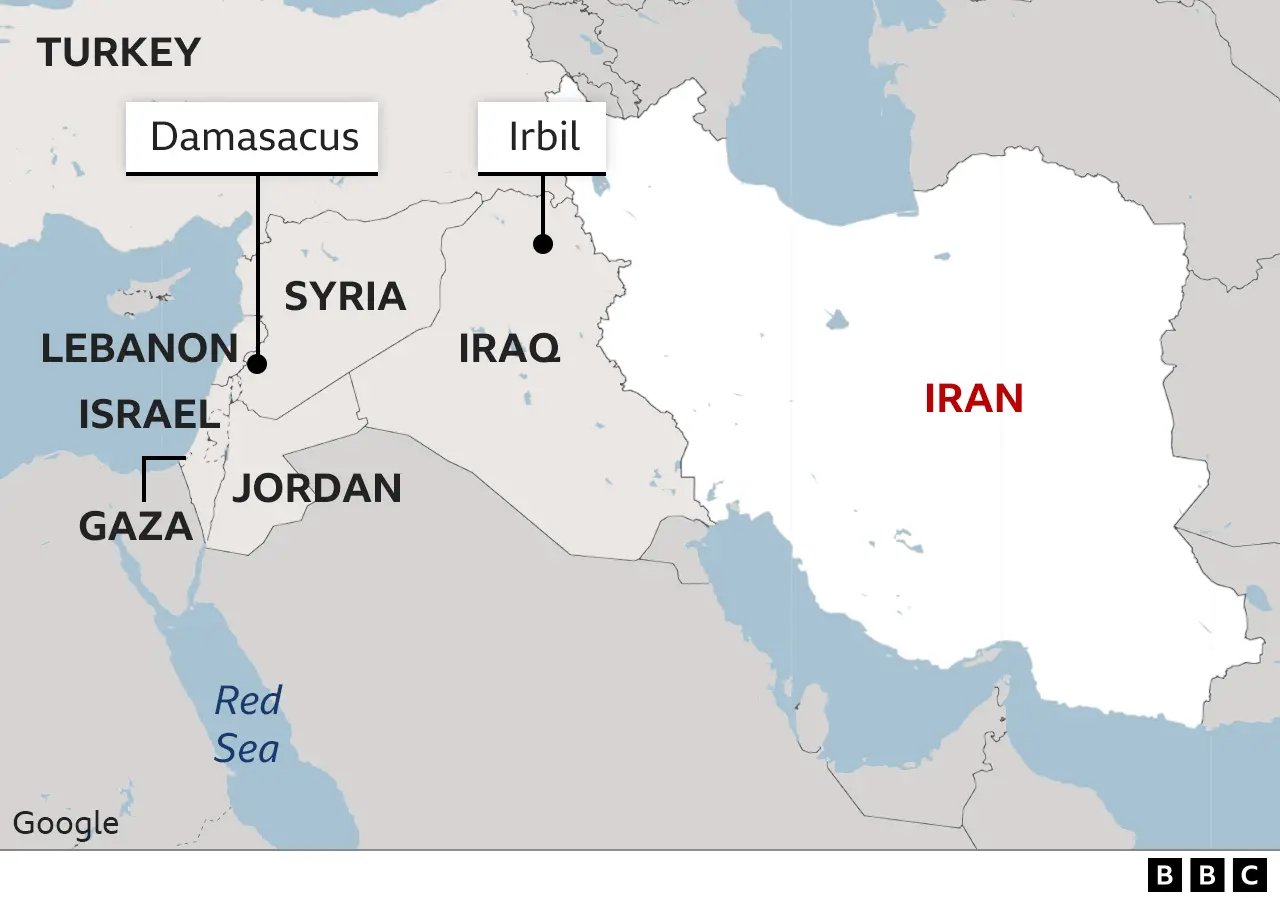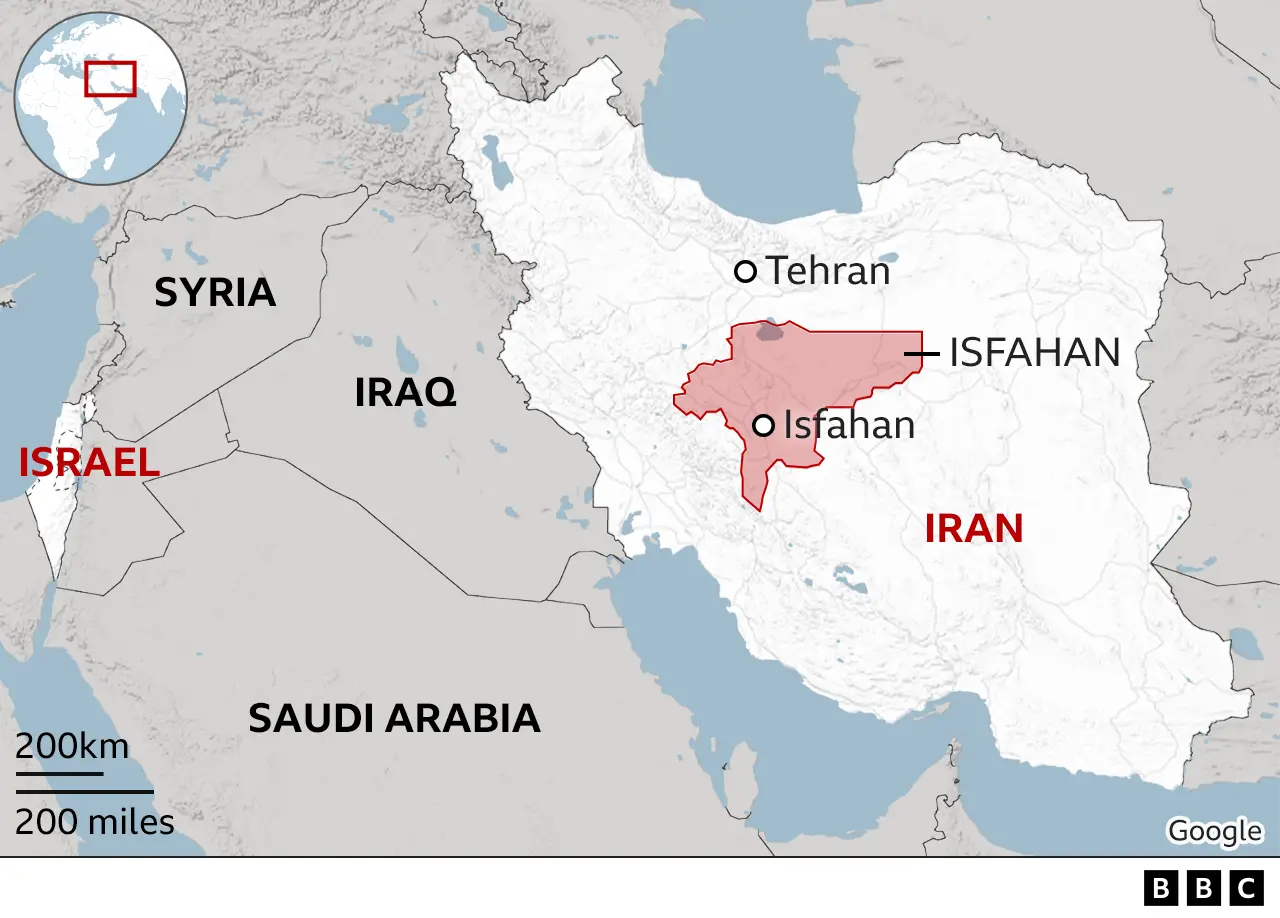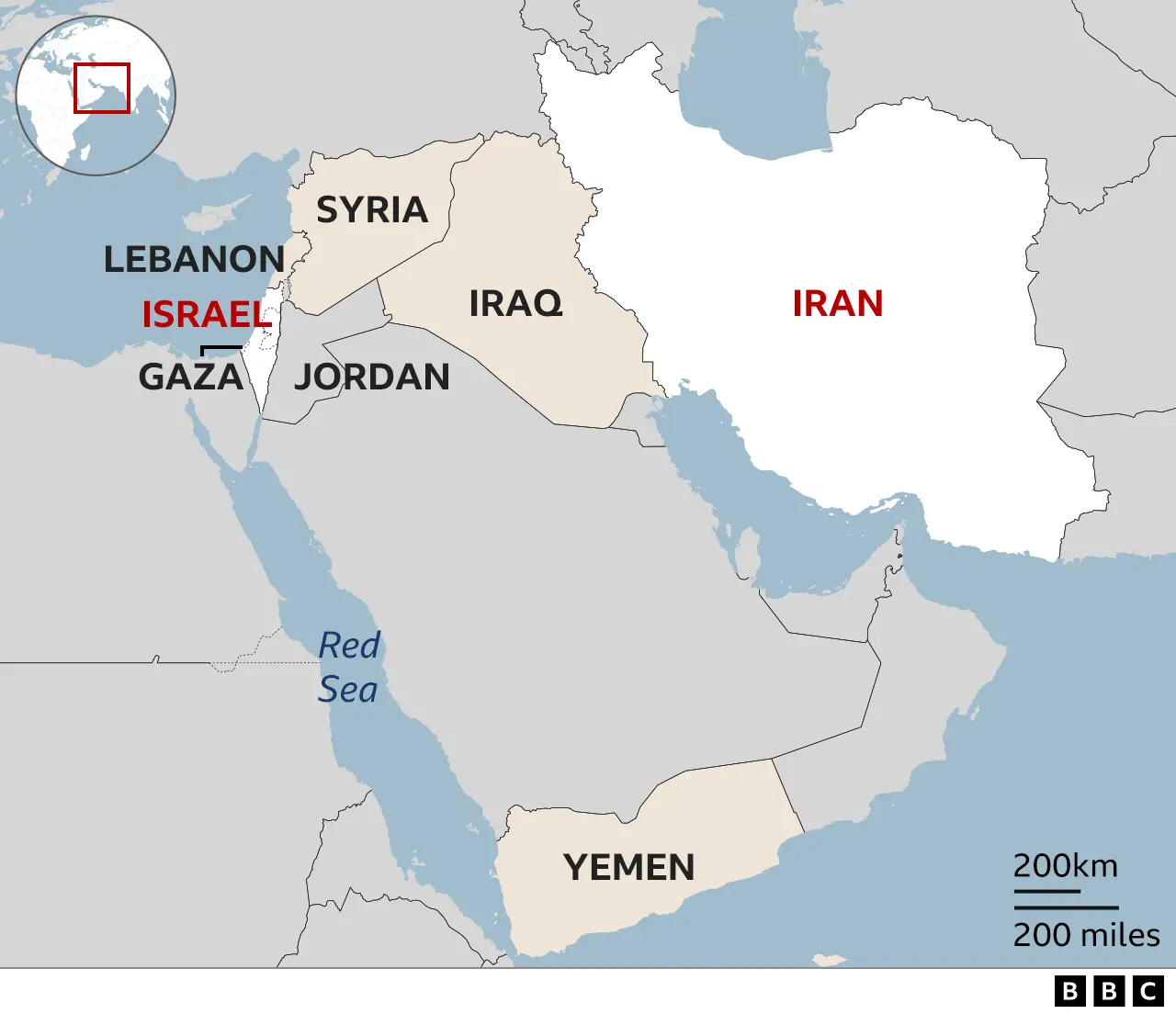Beyond The Map: The True Distance Between Israel And Iran
In the complex tapestry of the Middle East, few relationships are as scrutinized and misunderstood as that between Israel and Iran. Often portrayed as bitter adversaries, the geographical separation between these two nations is a crucial, yet frequently oversimplified, aspect of their dynamic. While political rhetoric and strategic considerations dominate headlines, understanding the actual physical **distance between Israel and Iran** provides a foundational context for any discussion about their interactions, potential conflicts, or even the faint hope of future diplomacy. It's not merely about drawing a straight line on a map; it's about the intricate layers of geography, airspace, and geopolitical realities that define their separation.
This article delves into the precise measurements of this distance, exploring various metrics from "as the crow flies" to the practicalities of travel, and how these figures intertwine with the region's complex political landscape. By examining the raw data, we can gain a clearer perspective on the logistical challenges and strategic implications that arise from the geographical relationship between these two powerful nations.
Table of Contents:
- Stone For Aries Sign
- Angel Island Fun Park
- Sarap Babee
- Magic Of Ordinary Days
- The Magic Of Star Session Set Your Ultimate Guide To Mastering The Art
- The Aerial Reality: What is the Distance Between Israel and Iran?
- Calculating Travel Time: How Long Does it Take to Cross the Distance?
- Geopolitical Airspace: The Unseen Barriers to Direct Travel
- Land Routes: Is Driving the Distance Between Israel and Iran Even Possible?
- The Strategic Significance of Geographic Proximity
- Beyond Kilometers: Understanding the Multifaceted Distance
- Historical Undercurrents: Shaping the Perception of Distance
- The Human Element: Bridging Divides or Deepening Them?
The Aerial Reality: What is the Distance Between Israel and Iran?
When we talk about the geographical separation between two points on Earth, the most straightforward measurement is often "as the crow flies"—a direct, straight line from one point to another, ignoring any obstacles or terrain. This method provides the absolute shortest possible path, primarily relevant for air travel or theoretical calculations. For the **distance between Israel and Iran**, this metric is the starting point for understanding their physical proximity.
Defining "As the Crow Flies" for Israel and Iran
According to various geographical calculations, the air travel (bird fly) shortest distance between Israel and Iran is approximately 1,789 kilometers (1,112 miles). This figure represents the most direct route, unhindered by borders, mountains, or political boundaries. It's a purely mathematical calculation based on their respective coordinates. For instance, Iran is located at the longitude of 51.417655 and latitude of 35.657655, while Israel is situated at 35.207655 longitude and 31.767655 latitude. These coordinates form the basis for calculating this direct line.
It's worth noting that while 1,789 km (1,112 miles) is a widely cited shortest air travel distance, some calculations provide slightly different figures depending on the specific reference points. For example, the total distance between Israel and Iran is also cited as 1,558 km and 593.2 meters (968.5 miles). Another source indicates the shortest distance between Iran and Israel as about 1,000 km (620 miles), or even over 920 km at its shortest point. These variations often stem from whether the measurement is taken from the absolute closest borders or from more central points within each country. However, the 1,789 km (1,112 miles) figure generally refers to the shortest direct air travel path between the two nations as a whole, often implying a central point of origin or destination.
Key City-to-City Measurements
Delving deeper, the distance can vary significantly when considering specific cities within each country. The capitals, Tehran in Iran and Jerusalem or Tel Aviv in Israel, are crucial reference points for understanding the practical **distance between Israel and Iran**.
- The direct distance between Tehran, the capital of Iran, and Jerusalem, the capital of Israel, is approximately 1,770 kilometers (1,100 miles). This measurement is also "as the crow flies," providing a straight line between these two pivotal cities.
- Similarly, the distance between Tehran and Tel Aviv is 1,585 kilometers (985 miles). Another calculation puts the distance between Tehran and Jerusalem at 1,559 kilometers (968 miles). These figures highlight that while the overall country-to-country distance is substantial, specific urban centers can be closer or further apart depending on their exact locations.
These precise measurements underscore the significant geographical separation, which, in a geopolitical context, presents both challenges and opportunities. While seemingly a great distance, in the age of modern military technology, it is a span that can be traversed relatively quickly, leading to profound strategic considerations.
Calculating Travel Time: How Long Does it Take to Cross the Distance?
Beyond the static measurement of kilometers or miles, understanding the time it takes to traverse this **distance between Israel and Iran** provides a more dynamic perspective. For air travel, which is the most direct and efficient means of crossing such a span, the duration is surprisingly short, given the geopolitical chasm.
If one were to travel with an airplane at an average speed of 560 miles per hour (approximately 900 km/h), the flight time from Israel to Iran would take roughly 1.99 hours to arrive. More specifically, a flight from Iran to Jerusalem at the same average speed would take about 1.93 hours. These figures illustrate that, purely from an aerial logistics standpoint, the journey is less than two hours. This rapid transit capability is a critical factor in military planning and strategic assessments, highlighting that despite the physical distance, the time barrier is minimal for modern aircraft.
However, it's important to clarify that these calculations are based on direct, uninterrupted flight paths, which are currently not feasible due to political restrictions. They serve as a theoretical baseline rather than a practical travel itinerary. For actual travel, even indirect routes, the "cheapest way to get from Israel to Iran costs only $379, and the quickest way takes just 8 hours." This stark difference between the theoretical 2-hour flight and the practical 8-hour journey underscores the profound impact of geopolitical realities on travel logistics.
Geopolitical Airspace: The Unseen Barriers to Direct Travel
While "as the crow flies" gives us the shortest theoretical **distance between Israel and Iran**, the reality of international travel, particularly between two states with such strained relations, is far more complex. The airspace between them is not an open highway but a meticulously controlled environment, heavily influenced by geopolitical considerations.
The Role of Neighboring Countries
A direct flight path from Israel to Iran would inevitably cross the airspace of several neighboring countries, most notably Iraq, Jordan, or Syria. These nations, each with their own intricate relationships with both Israel and Iran, control their respective airspaces. Given the lack of diplomatic ties and the high level of tension, neither Israeli nor Iranian civilian or military aircraft can simply fly directly over these territories to reach the other. This means that any actual aerial transit would require significant detours, adding considerable time and distance to the journey. The question "What would a war between them even look like (and where would it be fought) since none of them can actually reach the other one without crossing, and therefore involving, either Iraq, Jordan or Syria?" highlights this critical geographical and political constraint.
Implications for Military and Commercial Flights
For commercial flights, this translates into indirect routes, multiple layovers, and significantly longer travel times, as evidenced by the 8-hour practical travel duration mentioned earlier. Airlines must adhere to strict international regulations and obtain overflight permissions, which are impossible to secure for direct routes between these two nations. For military operations, the implications are even more profound. Any direct military action involving air power would necessitate violating the airspace of third-party nations, a move that could trigger broader regional conflicts and complicate international law. This geographical reality acts as a significant deterrent and a complicating factor in any strategic planning, making the actual operational **distance between Israel and Iran** much greater than the theoretical "bird fly" measurement.
Land Routes: Is Driving the Distance Between Israel and Iran Even Possible?
While air travel provides the shortest theoretical path, the concept of land travel between Israel and Iran is even more fraught with impossibility. The total distance between Israel and Iran is cited as 1,558 km (kilometers) and 593.2 meters, which is 968.5 miles. This figure is often associated with a road map or travel route, implying a potential for land-based transit.
However, much like air travel, direct land routes are non-existent due to the geopolitical landscape. There are no open borders or diplomatic crossings between the two countries. Any land journey would require traversing multiple third-party nations, such as Jordan, Syria, or Iraq, all of which present their own complex border controls, political sensitivities, and security challenges. Even if one could theoretically drive, the journey would be incredibly long, dangerous, and legally impossible for citizens of either nation to undertake directly. The idea of a "road map" available for "Iran to Israel travel route" is purely theoretical in a practical sense for direct travel, serving only to illustrate the geographical path without accounting for political barriers.
Therefore, while a numerical driving distance can be calculated, it remains a hypothetical exercise. The true land **distance between Israel and Iran** is not just about kilometers but about insurmountable political and security barriers that render direct overland travel impossible for the foreseeable future.
The Strategic Significance of Geographic Proximity
Despite the practical impediments to direct travel, the underlying geographical **distance between Israel and Iran** holds immense strategic significance. In an era of advanced weaponry, even a distance of 1,789 km (1,112 miles) is well within the range of modern ballistic missiles, cruise missiles, and long-range aircraft. This proximity means that neither nation is truly out of reach of the other's military capabilities, fostering a continuous state of strategic tension and a robust arms race.
The fact that direct air or land routes are blocked by intervening nations adds a layer of complexity to any potential conflict. It means that any military engagement would almost certainly involve proxy forces, cyber warfare, or indirect actions that avoid direct confrontation across shared borders. The necessity of crossing third-party airspace or territory for any direct military strike creates a "tripwire" effect, potentially drawing other regional actors into a conflict. This geographical reality forces both Israel and Iran to consider the broader regional implications of their actions, making the Middle East a highly volatile and interconnected strategic theater.
Furthermore, the perceived distance, often amplified by political rhetoric, can overshadow the actual physical proximity. This perception shapes national security doctrines, defense spending, and alliances, with both countries viewing the other as a significant, albeit distant, threat.
Beyond Kilometers: Understanding the Multifaceted Distance
While the numerical **distance between Israel and Iran** provides a tangible metric, it's crucial to understand that the "distance" between these two nations extends far beyond mere kilometers. It encompasses historical grievances, ideological differences, cultural divides, and vastly different geopolitical alignments. This multifaceted distance is arguably more significant than the physical one in shaping their relationship.
Ideologically, Iran's Islamic Republic and Israel's democratic, Jewish state represent contrasting visions for the Middle East. These ideological differences fuel a proxy conflict that plays out across the region, from Lebanon and Syria to Yemen and Gaza. Culturally, while both nations have rich, ancient histories, their modern identities and societal structures have diverged significantly. Economically, there is virtually no direct trade or cooperation, further widening the gap between them. This complex web of non-geographical distances means that even if the physical distance were negligible, the chasm between them would remain profound.
Historical Undercurrents: Shaping the Perception of Distance
The current perception of the **distance between Israel and Iran** is deeply rooted in historical shifts. While today they are antagonists, there was a time when Iran (under the Shah) and Israel maintained diplomatic relations and even cooperated on certain fronts. This historical context is often overlooked in contemporary discussions, yet it highlights how political circumstances can dramatically alter the "distance" between nations, regardless of their fixed geography.
The Iranian Revolution of 1979 marked a turning point, transforming Iran into an Islamic Republic that adopted an anti-Zionist stance. This ideological shift rapidly widened the political and diplomatic distance, transforming a relationship of cautious engagement into one of overt hostility. This historical trajectory demonstrates that while the physical distance remains constant, the political and strategic "distance" can expand or contract based on leadership, ideology, and regional dynamics. Understanding this historical evolution is key to comprehending the current state of affairs and why the physical separation is imbued with such intense geopolitical meaning.
The Human Element: Bridging Divides or Deepening Them?
Ultimately, the **distance between Israel and Iran** is not just a matter for strategists and politicians; it profoundly impacts the lives of ordinary citizens. For individuals, the physical separation, coupled with the political animosity, means that direct interaction, cultural exchange, and even simple tourism are virtually impossible. This lack of human connection can deepen misunderstandings and reinforce negative stereotypes, making it harder to bridge the divide.
However, in an increasingly interconnected world, information, ideas, and even cultural expressions can traverse distances that people cannot. Online platforms, international media, and diaspora communities can, to some extent, bridge these gaps, offering glimpses into each other's societies that might otherwise be obscured by political narratives. While the political distance remains vast, the potential for human connection, even if indirect, offers a glimmer of hope for future understanding. The challenge lies in allowing these human elements to overcome the entrenched geopolitical barriers and the formidable physical distances that separate them.
Conclusion
The **distance between Israel and Iran**, whether measured as a straight line of 1,789 kilometers (1,112 miles) or through the lens of specific city pairings like Tehran to Tel Aviv (1,585 km or 985 miles), is a fundamental geographical reality. This physical separation, while significant, is paradoxically both a buffer and a catalyst for tension. It means that direct conventional conflict is logistically challenging, often requiring the involvement of third countries, yet it also places both nations within range of each other's advanced weaponry, fueling a continuous strategic standoff.
However, the true "distance" is far more complex than mere kilometers. It is a multifaceted chasm built upon historical shifts, profound ideological differences, and a complete lack of diplomatic and human interaction. This geopolitical distance transforms a theoretical 2-hour flight into an 8-hour journey, or an impossible overland trek. Understanding these layers—from the precise geographical measurements to the intricate geopolitical and historical contexts—is crucial for anyone seeking to grasp the complexities of this pivotal relationship in the Middle East.
What are your thoughts on the geographical and geopolitical factors shaping the relationship between Israel and Iran? Share your perspectives in the comments below. If you found this analysis insightful, consider sharing it with others who are interested in understanding the nuances of Middle Eastern geopolitics. For more in-depth articles on regional dynamics, explore our other content on international relations and global affairs.



Detail Author:
- Name : Florence Simonis
- Username : cornelius81
- Email : sborer@yahoo.com
- Birthdate : 1992-05-11
- Address : 9570 Casper Cove Port Pasquale, OR 66815-7959
- Phone : (947) 861-4334
- Company : Fadel, Lemke and Abbott
- Job : Nutritionist
- Bio : Dolores cum similique occaecati veniam eos sapiente vel. Expedita occaecati sunt qui quod qui blanditiis debitis. Sit ut id officiis dicta exercitationem.
Socials
instagram:
- url : https://instagram.com/august.buckridge
- username : august.buckridge
- bio : Nam voluptatum deserunt corrupti. Similique modi soluta et quaerat.
- followers : 3215
- following : 2219
linkedin:
- url : https://linkedin.com/in/augustbuckridge
- username : augustbuckridge
- bio : Ratione earum magni accusamus incidunt aut odio.
- followers : 6118
- following : 628
twitter:
- url : https://twitter.com/buckridgea
- username : buckridgea
- bio : Et incidunt neque velit voluptatibus voluptates occaecati suscipit eum. Dolores minus est maiores.
- followers : 5655
- following : 2141
tiktok:
- url : https://tiktok.com/@augustbuckridge
- username : augustbuckridge
- bio : Deserunt sit molestias error velit. Aliquid est quia et dolores.
- followers : 3605
- following : 1847
facebook:
- url : https://facebook.com/august_real
- username : august_real
- bio : Amet molestiae est aspernatur et.
- followers : 4894
- following : 2481